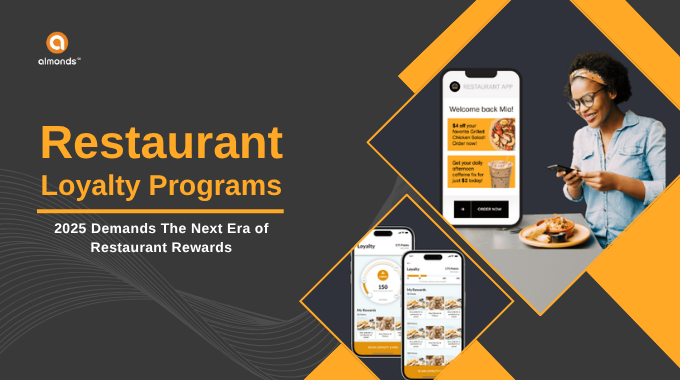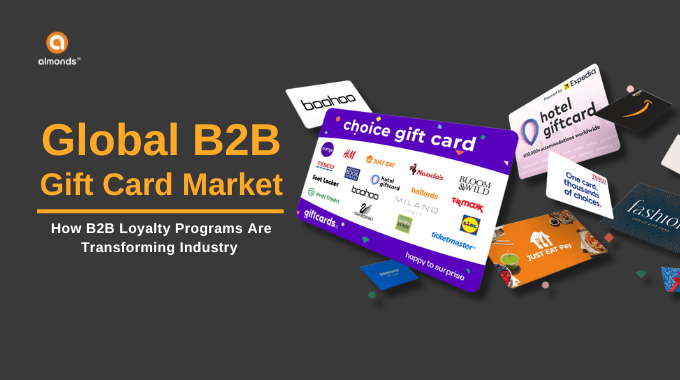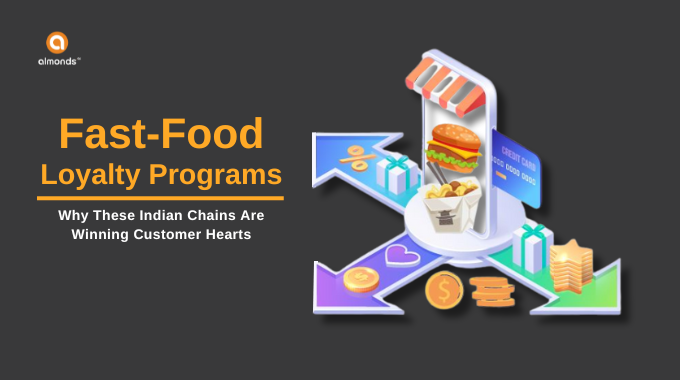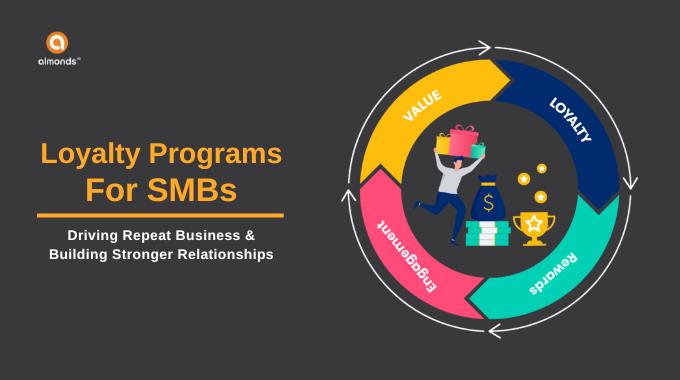Loyalty programs aren’t just for big brands. Small and medium businesses (SMBs) can leverage them to boost customer retention, increase sales, and build stronger relationships. Here’s a breakdown of effective loyalty strategies tailored for SMBs.
1. Points-Based Programs
Customers earn points with each purchase, which can be redeemed for discounts or rewards.
Example:
A local coffee shop offers 1 point per ₹50 spent. After accumulating 100 points, customers receive a free drink.
Why it works:
Simple and familiar, making it easy for customers to understand and engage.
2. Tiered Programs
Customers unlock higher levels of rewards as they spend more.
Example:
A boutique rewards customers with a 10% discount after spending ₹5,000, 15% after ₹10,000, and 20% after ₹15,000.
Why it works:
Encourages increased spending to reach higher tiers, enhancing customer lifetime value.
3. Paid Membership Programs

Customers pay a fee for exclusive benefits.
Example:
A bookstore offers a ₹1,000 annual membership that provides a 20% discount on all purchases, early access to sales, and exclusive events.
Why it works:
Creates a sense of exclusivity and ensures upfront revenue.
4. Referral Programs
Customers refer friends and both receive rewards.
Example:
A fitness center gives a free month to both the referrer and the referred when the new member signs up.
Why it works:
Leverages word-of-mouth marketing, expanding the customer base organically.
5. Value-Based Programs
Rewards are tied to customers’ values or actions beyond purchases.
Example:
A clothing store donates ₹100 to a charity for every ₹1,000 spent by a customer.
Why it works:
Appeals to customers’ desire to contribute to causes they care about, fostering emotional loyalty.
6. Game-Based Programs

Incorporates elements of gamification to engage customers.
Example:
An online retailer offers badges and rewards for actions like writing reviews, sharing on social media, or completing challenges.
Why it works:
Makes the shopping experience more interactive and fun, increasing customer engagement.
7. Coalition Programs
Multiple businesses collaborate to offer shared rewards.
Example:
A group of local restaurants and cafes partners to offer a joint loyalty card, where customers earn stamps at each location and receive a reward after visiting all partners.
Why it works:
Expands the reach of the loyalty program and provides customers with more opportunities to earn rewards.
Choosing the Right Program
When selecting a loyalty program, consider:
- Customer Behavior: Understand your customers’ purchasing habits and preferences.
- Business Model: Align the program with your product pricing and sales cycle.
- Technology: Utilize loyalty program software for small businesses to streamline implementation and management.
Conclusion
Implementing a well-structured loyalty program can significantly enhance customer retention and drive sales for SMBs. By selecting the right type of program that aligns with your business model and customer preferences, you can build lasting relationships and foster brand loyalty.







